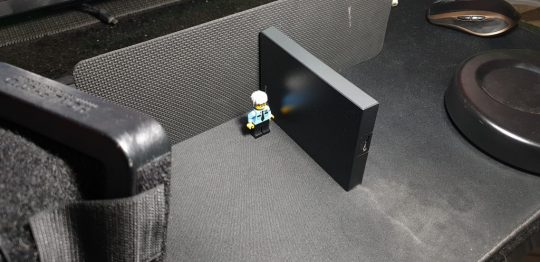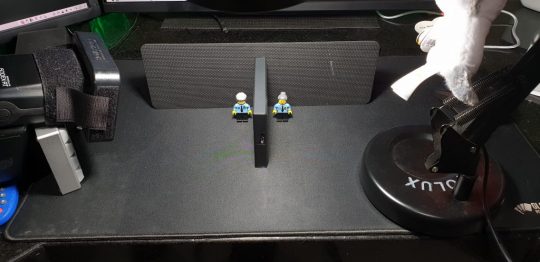In photography, exposure is the amount of light reaching the camera film or sensor, as determined by shutter speed, lens aperture, and scene luminance. By adjusting the exposure and sensor/film sensitivity (ISO), it is possible to get a bright or dark result.
It is quite apparent that photography has never been any flat-Earthers’ strongest point. There are many misconceptions in flat-Earth circles that arise from their ignorance about photography. One of such misconceptions is exposure.
These factors determine the brightness of a photograph:
- Shutter speed: the duration the shutter is open.
- Aperture: the size or diameter of the open shutter.
- ISO: the sensitivity of the camera’s sensor or film.
- The luminance of the scene itself.
A dark object can be made very bright in the result by merely increasing exposure. On the other hand, a bright object can be made dark in the result by decreasing the exposure.
All cameras have dynamic range limitations. They cannot capture a very bright object and a very dark object at the same time in the same scene. When this article was written, the best camera has the dynamic range of a little less than 15 stops. It is the reason it is rare to get a picture full of stars if we are not trying to specifically capture the stars.
An example exposure to capture a sky full of stars is ISO400 30s f/3.5. On the other hand, to capture the Moon, we need ISO100 1/100s f/11. The difference between the two exposures is 17 stops, above the dynamic range of even the best camera in the market. Therefore, it is impossible to capture a photograph of the sky full of stars at the same time as the moon, using the correct exposure.
To capture a picture of the Moon at the same time of stars, the Moon has to be overexposed and would appear as bright white without any details, so that the additional exposure can reveal the much dimmer stars. On the other hand, if we were to take a picture of the Earth alongside the Moon, then the moon will appear much darker.
The brightness of an object as seen from a human eye cannot be determined from its photograph without knowing the exact exposure used to take the picture. We cannot directly compare the brightness of two different objects from two different images because it is possible the exposures to take the images were different.
Illustration Setup
To create the illustration, we used two LEGO minifigures and placed them in two different chambers with dark walls (they are a wristpad and an external hard drive). The left chamber is lit with a camera flash equipped with a grid so that the light did not leak to the other room. The result is that the left minifigure was getting much more light than the right minifigure, and it is impossible to get both minifigs in the same picture with the correct brightness.


References
- Exposure Calculator to Compare Any Two Camera Exposures – Scantips
- Stars – Flickr
- Looney 11 rule – Wikipedia
- DxoMark


